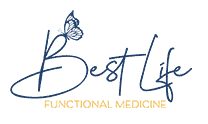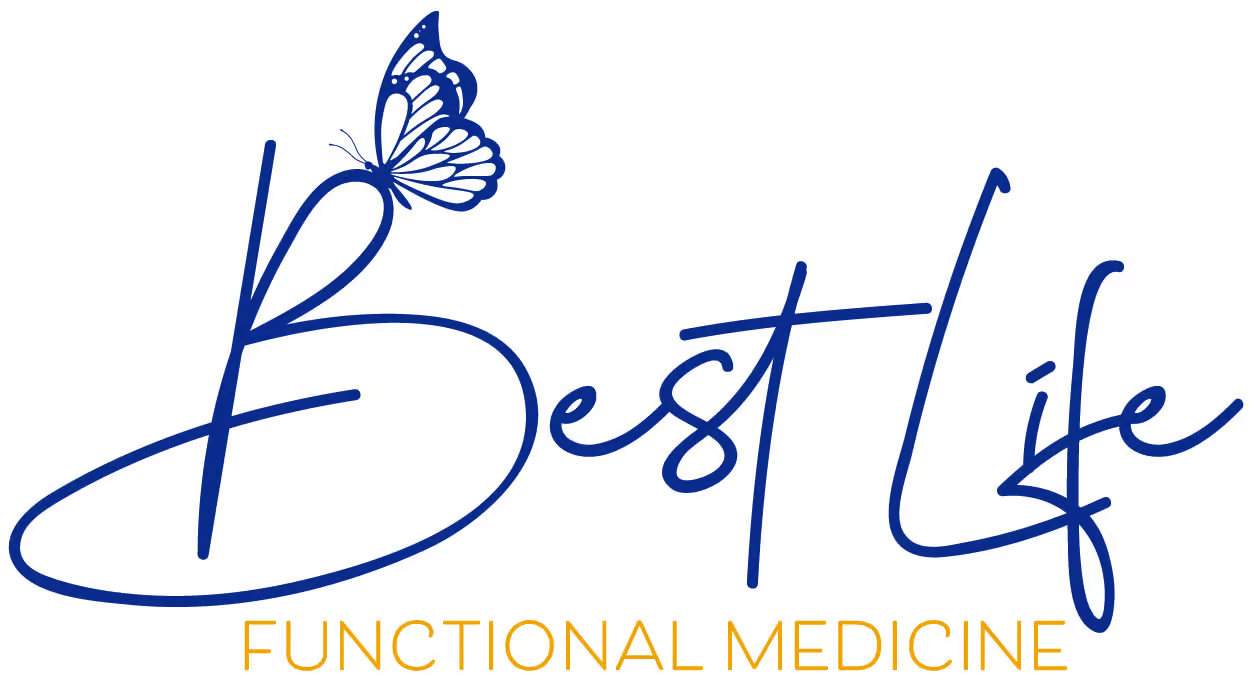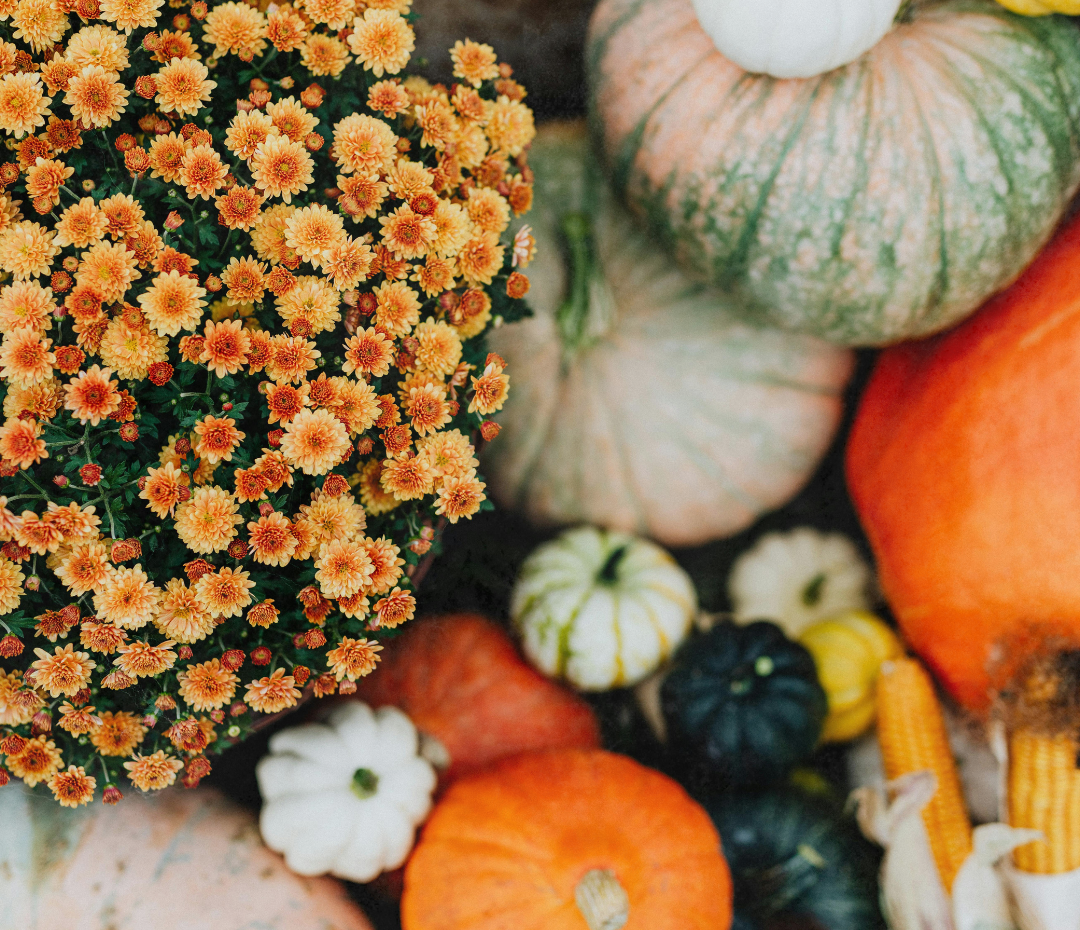For many, Thanksgiving is a day centered around food — the big meal, the leftovers, the full plates and fuller bellies. But at Best Life Functional Medicine, we see it a little differently. This season of gratitude can be one of the most powerful times to support your body’s healing process and bring your health back into balance.
When we slow down, connect with others, and eat with intention, we send a clear message to our body: You’re safe. And in that safety, digestion improves, hormones balance, inflammation lowers, and energy returns. It’s not magic — it’s physiology.
Gratitude as Medicine
Gratitude might sound like a mindset, but it’s also a biological shift. When you focus on what’s going well, your stress hormones drop and your “feel-good” neurotransmitters rise. Cortisol levels lowers, serotonin and dopamine increase, and your nervous system moves out of fight-or-flight mode.
If you take just a moment before the meal to pause — to really notice the people around you and the food in front of you — you prime your body for better digestion and calmer energy. Go around the table and share one thing you’re grateful for; you’ll feel the energy change instantly.
Eating With Intention
So many digestive symptoms—bloating, reflux, fatigue—come down to one thing: how we eat, not just what we eat. Rushing through a meal keeps the vagus nerve dormant, which means your digestive enzymes never fully activate.
This Thanksgiving, slow it all down. Smell your food. Chew longer than usual. Set your fork down between bites. These small pauses tell your brain that it’s time to rest and digest, not react and survive. You’ll notice that you feel full sooner and recover faster afterward.
The Role of Connection
What’s often overlooked is that social connection itself is deeply healing. Laughter and conversation stimulate oxytocin and lower inflammatory signals in the body. Even your gut bacteria respond positively when you feel safe and supported — proof that health is as much about relationships as it is about nutrition.
So this year, keep phones away from the table. Look up. Share stories. Let yourself feel the joy of being surrounded by people who matter to you.
Recovery After the Feast
Enjoying the pie is not a failure — it’s part of life. The key is helping your body rebound afterward.
A few simple strategies make a big difference:
- Hydrate well (add lemon or a pinch of sea salt for extra support)
- Move your body — even a short walk helps regulate blood sugar
- Try Digestion Support if you tend to bloat easily
- Get enough sleep — that’s when repair and detoxification happen most effectively. Try Sleep Better if you need extra assistance with sleeping
Your body is resilient. It just appreciates a little help returning to balance.
Gratitude Beyond the Holiday
While Thanksgiving reminds us to pause and give thanks, the daily practice of gratitude might be one of the most powerful health tools you have. It lowers inflammation, improves immune resilience, and creates a positive feedback loop for your hormones and nervous system.
Try this: each morning, jot down one thing you appreciate about your life or health. Over time, that small act retrains your brain to look for healing, not stress — a shift that’s measurable in your physiology.
A Final Thought
The best part of Thanksgiving isn’t what’s on your plate — it’s the presence you bring to it.
When you show up with gratitude, eat with awareness, and connect deeply, you’re supporting your hormones, your gut, and your overall vitality.
Healing doesn’t just happen in appointments or protocols. Sometimes, it begins at the dinner table — one grateful breath, one mindful bite, one heartfelt laugh at a time.
Looking for nourishing inspiration this Thanksgiving?
We’ve rounded up three delicious, nutrient-rich recipes that bring comfort and flavor to your table—without the crash, bloating, or blood sugar spikes. Each dish is designed to help you feel energized, satisfied, and balanced, so you can truly enjoy the holiday.





